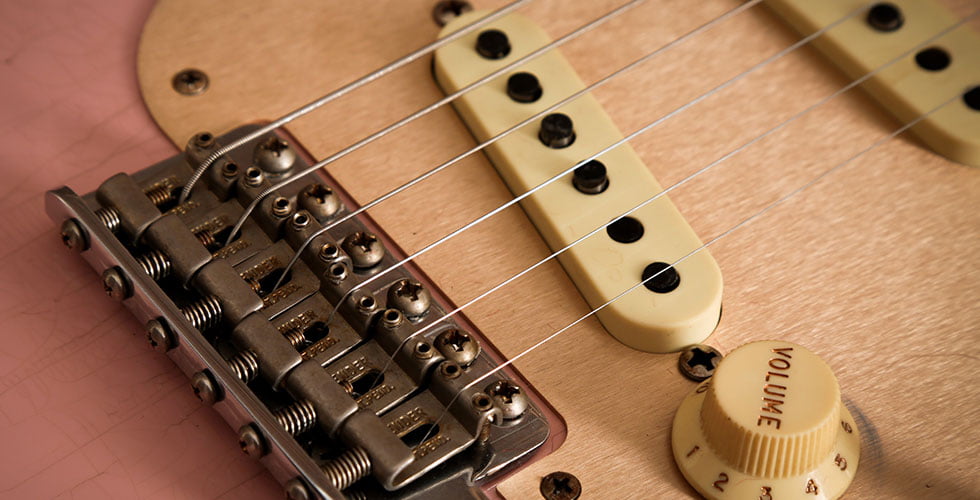When it comes to playing the guitar, the strings you choose can have a significant impact on your playing style, tone, and overall comfort. Guitar string gauges refer to the thickness or diameter of the strings. Selecting the right gauge is crucial, as it can affect your playability, tone, and even the instrument’s health. In this article, we will delve into the world of guitar string gauges, exploring their different types, their effects on playability and tone, and how to choose the right gauge for your playing style.

Contents
What is Guitar String Gauge?
String gauge refers to the thickness or diameter of a guitar string. It is typically measured in thousandths of an inch (e.g., 0.009″, 0.010″, etc.) or in millimeters (e.g., 0.23mm, 0.25mm, etc.). The gauge of a string affects its tension, playability, and tone.
| Thicker strings = More tension |
Thinner gauge strings have a smaller diameter and lower tension, while thicker ones have a larger diameter and higher tension. The gauge of the strings directly affects how much pressure is required to press the strings against the frets and how much force is needed to bend or manipulate them.
Guitar strings are commonly available in sets, where each string has a specific gauge. The gauge of the high E string (the thinnest string) is often used as a reference point for categorizing string sets. For example, a set of “10-46″ strings means the high E string is 0.010″ in diameter, while the low E string (the thickest string) is 0.046” in diameter.

Common String Gauge Sizes
The most common guitar string gauge sets are extra-light, light, medium, and heavy. Each gauge set is designed to provide different playing experiences and tonal characteristics.
Extra-Light Gauge (0.008’’ – 0.038’’)
Extra-light gauge strings are favored by beginners and guitarists who prefer a lighter touch. They offer easier bending and less tension, making them ideal for those with less finger strength. However, they can sacrifice some tone and sustain compared to heavier gauges.
Light Gauge (0.009’’ – 0.042’’)
Light gauge strings strike a balance between playability and tone. They are commonly used in a variety of genres, from rock and pop to blues and jazz. They offer a good compromise, allowing for comfortable playing while still producing a full, well-rounded tone.
Medium Gauge (0.010’’ – 0.046’’)
The medium gauge provides a fuller tone and increased tension. They require more finger strength but offer improved sustain and resonance. These strings are often preferred by players who want a more pronounced, dynamic sound.
Heavy Gauge (0.011’’ – 0.054’’)
Heavy gauge is typically used by experienced players who desire maximum volume, sustain, and a thicker tone. This gauge provides higher tension, which can enhance the precision and articulation of playing techniques. It is commonly found in genres like metal and hard rock, where a powerful and aggressive sound is desired.
Choosing the Right Gauge
Selecting the appropriate string gauge depends on your personal preferences, playing style, as well as the type of guitar you own. Here are a few factors to consider:
Playing Style
If you primarily play lead guitar or enjoy intricate fingerpicking, lighter gauge may be more suitable. They facilitate faster playing and bending techniques. On the other hand, rhythm guitarists or players who prefer a heavier attack may find medium or heavy gauge better suited to their needs.

Finger Strength
If you are a beginner or have limited finger strength, starting with the lighter one can help you build endurance and avoid discomfort. As your fingers become stronger, you can gradually move to heavier gauges if desired.
Guitar Type
Different guitar types respond differently to string gauges. Acoustic guitars generally require slightly heavier strings to produce a fuller sound, whereas electric guitars are more versatile and can accommodate a wider range of gauges. It’s essential to consider the instrument’s construction and the manufacturer’s recommendations when selecting string gauges.
In short, experimenting with different guitar string gauges can help you find the right balance between playability and tone that suits your playing style and preferences.
